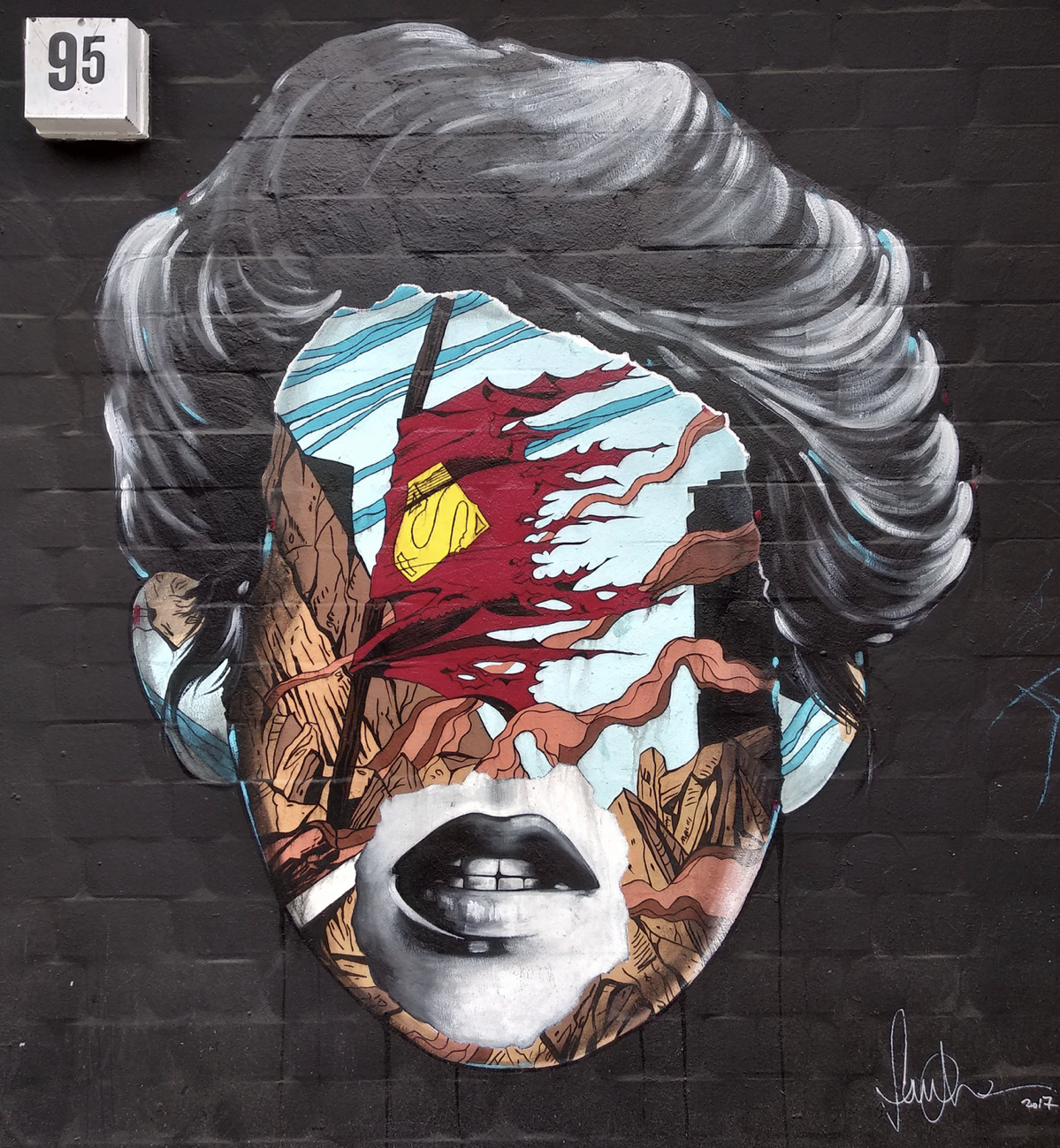Art is the Truest form of Humanity.
The art world allows strangers to have a completely transparent glimpse into an artist’s psyche and level of vulnerability, but could art be leaning toward a more detrimental outcome?
I avidly listen to a music group that makes its discography akin to a personal diary. Although most of the songs are outstandingly explicit and raunchy, it fascinates me how they allude to certain things. Because of the disguise of an infectious beat, listeners don’t even bat an eye at the lyrics.
Listening to the group’s music not only allows me to comprehend their mentality and worldview under a lyrical-analysis microscope but to study the group’s mental health progression, which appears to be negatively plummeting.
Just a tiny amount of the artist, Chase Atlantic’s, lyrics include:
“Three pills down…Been up for seven days,” “Put it [a gun] up against my head and blow my brains,” “I don’t take drugs, I abuse them,” and bluntly, “I feel empty.”
The fact that someone can blatantly state current substance and alcohol abuse, suicidal thoughts, and a constant state of desolation worries me for the artist and the integrity of the art.
Art is what a person feels. It is an outlet to express a pure mind or clear a broken conscience, but when will society consciously step over the art gap and lend a hand to the artist?
“A review of studies on stigma shows that while the public may accept the medical or genetic nature of a mental health disorder and the need for treatment, many people still have a negative view of those with mental illness,” according to the American Psychiatric Association.
There are two extremes. Humanity tends to overlook the legitimacy of mental illness, but if it’s monetized for fame and is pleasing to the ear, it is desired and encouraged.
Asking creatives about their art can seem a little taboo and stale. Whenever my friends send me their writings, I always ask, “What is the inspiration?” Not only does the question allow me to see how they turned mundanity into beauty, but it also provides an outlet to talk about any weighty, emotional thing without dealing with the, “Are you alright?” question.
Art also seems to be moving toward glorifying the negative when more attention should be given to the impact on the artist.
For example, in “The 1975,” pop-rock band singer Matt Healey discussed in an NME article that he “never would have written about his heroin addiction if he hadn’t ‘gotten clean.’”
This vulnerable conversation stems from the song “It’s Not Living (If It’s Not With You),” which contains the lyrics “All I do is sit and think about you” and “Collapse my veins, wearing beautiful shoes.”
The entirety of the story and the meaning behind the song is enthralling. Still, the audience can hopefully pick up the nuanced, acute desperation in the piece, unlike Atlantic’s desperation accompanied by obnoxious reluctance.
There is a clear difference between the two artists’ musical meanings.
The musician might think the same thing, but the notion that there are, in the art, clear cries for help falling on deaf ears makes me wonder if art is letting too much slide.
Surely, someone would respond if I engaged in a conversation and said that I was substance-abusing regularly or non-humorously expressed that I wanted to die. Yet, if it hides behind the veil of aesthetically appealing and touching art, it is not regarded as something to be taken seriously.
Jean Michel Basquiat, an American street and gallery painter during the 1980 Neo-Expressionist Movement, created beautiful works of art that led up to his last painting, “Riding with Death.” During his years as an artist, Basquiat dealt with substance abuse that eventually took his life from a heroin overdose.
Basquiat was an influential figure during his time, and his works subtly reflected his personal life. If someone saw “Riding with Death,” a painting that preceded his suicide, and separated art from the artist’s well-being and said something, would Basquiat still be alive?
My point is not to disallow deep-seated issues to be incorporated into artistic mediums or discourage inspiration from them, nor is there a plan to scorn those publicly voicing issues.
I merely want to explain that art reflects reality, and sometimes, beauty seeps through death.







